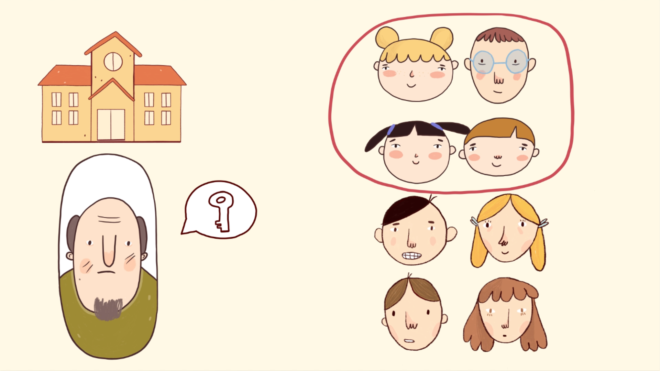In spring 2021, our institute started an information campaign to promote and raise awareness of the use of the Hungarian language. Last year, two animated films were screened: the first one offers teachers a solution to a situation in which they have to deal with non-Hungarian parents from mixed families, whereas the second short film explores the linguistic landscape of mixed schools in Romania, the visual representation of the Hungarian language. The next step in the campaign was a new video to raise awareness of language asymmetries in mixed schools. We wish to raise the awareness that: if students are confronted with the fact that their mother tongue is restricted to Hungarian language classes only, they will use language self-limitation when they leave the educational institution. The latest animated film from Zoom Studio reveals: education is carried out in Hungarian in 925 schools in Romania, 37% of which are mixed schools, and at the same time, 35% of the Hungarian students go here. Although mixed schools are required by law to have a headmaster or vice-headmaster who is a member of the Hungarian community and speaks Hungarian, and to have Hungarian-speaking staff who also provide customer service and internal and external communication in Hungarian, bilingualism among staff in mixed schools is low. The video also reveals that 26% of the mixed schools do not have a Hungarian headmaster or vice-headmaster. 61% of the students have the opportunity to use their mother tongue when dealing with the school secretariat and 59% in the library. Furthermore, services to ensure the healthy development of the students are not always available in Hungarian: only 64% of the Hungarian pupils in mixed schools can use their mother tongue with the school psychologist, and only a quarter with the school doctor, assistant and speech therapist. Our aim is to continue to inform the wider public about the importance of multilingualism, and to make concrete proposals in order to help the fulfilment of language rights and the strengthening of the Hungarian linguistic landscape.
Language Use and Language Landscape in Romanian Mixed Schools – Part 2
You Are Here:

